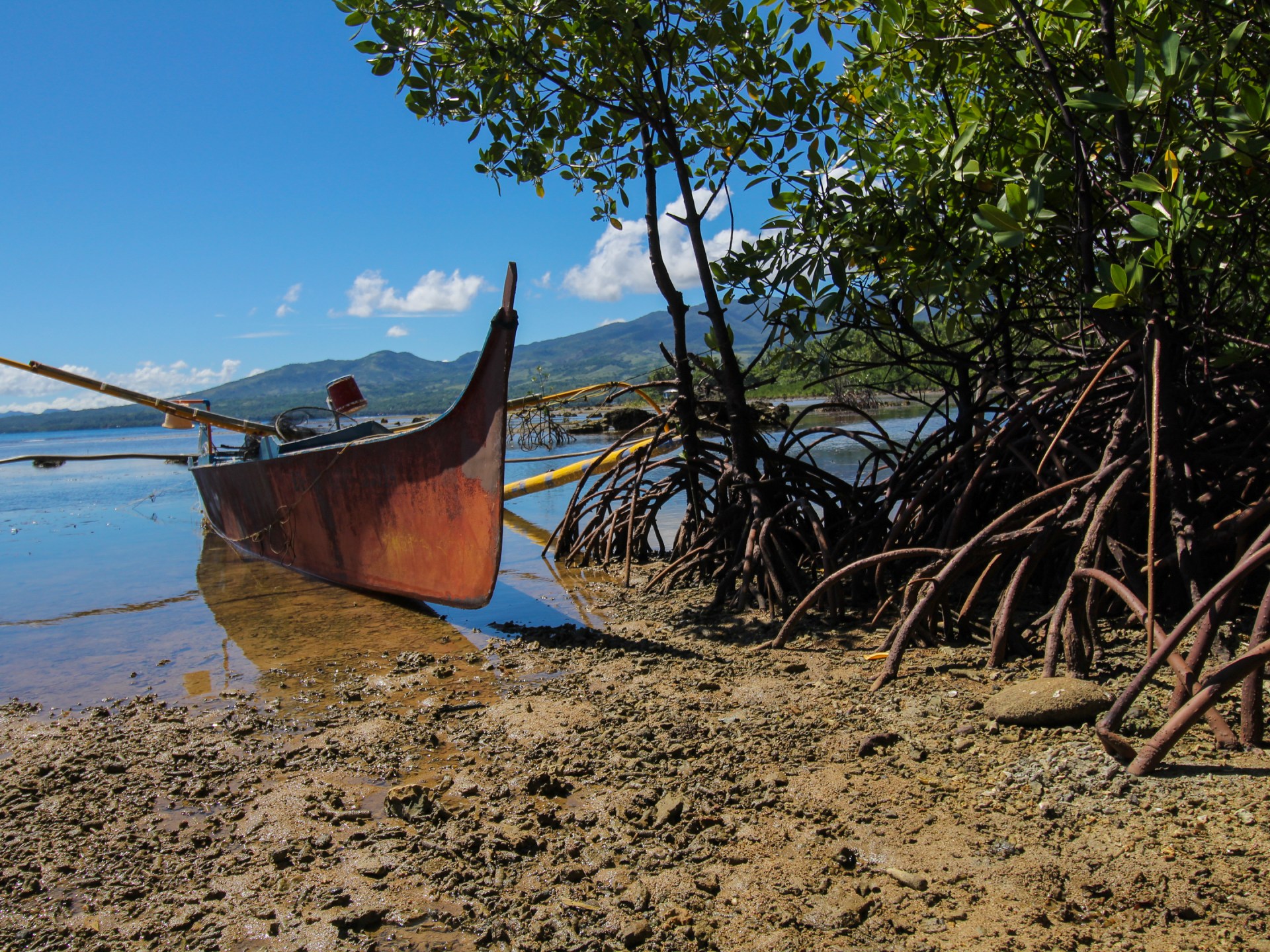Tacloban, The Philippines – Twice a month for the last 10 years, pig farmer Alejandro Sumayang has planted mangrove plants along the shoreline a few metres from his home.
Pushing a stick into the muddy ground, he creates a hole for the seedling, tying it to a piece of bamboo to prevent the tide from washing it away.
“This is what shields me,” he said, crouching to inspect a recently planted row of plants.
The back of Sumayang’s makeshift house faces the Pacific Ocean in the Philippines’s central Leyte province. Ten years ago, on November 8, 2013, tsunami-like waves whipped up by Super Typhoon Haiyan crashed into his home in Silago, leaving only <a href="https://news.ad-astra.icu/are-mangroves-effectively-safeguarding-philippine-coastal-areas-a-decade-after-haiyan.html” title=”Are mangroves effectively safeguarding Philippine coastal areas a decade after Haiyan?”>broken wooden beams standing amid the wreckage.
Haiyan was one of the strongest typhoons ever to make landfall. More than 6,300 people were killed as the storm swept across the island of Leyte, flattening homes and causing a storm surge that swamped entire neighbourhoods. The government said at least 13 million people were affected.
Leyte was struck again by a typhoon in December 2021. Typhoon Rai rivalled Haiyan’s intensity.
Source from www.aljazeera.com
